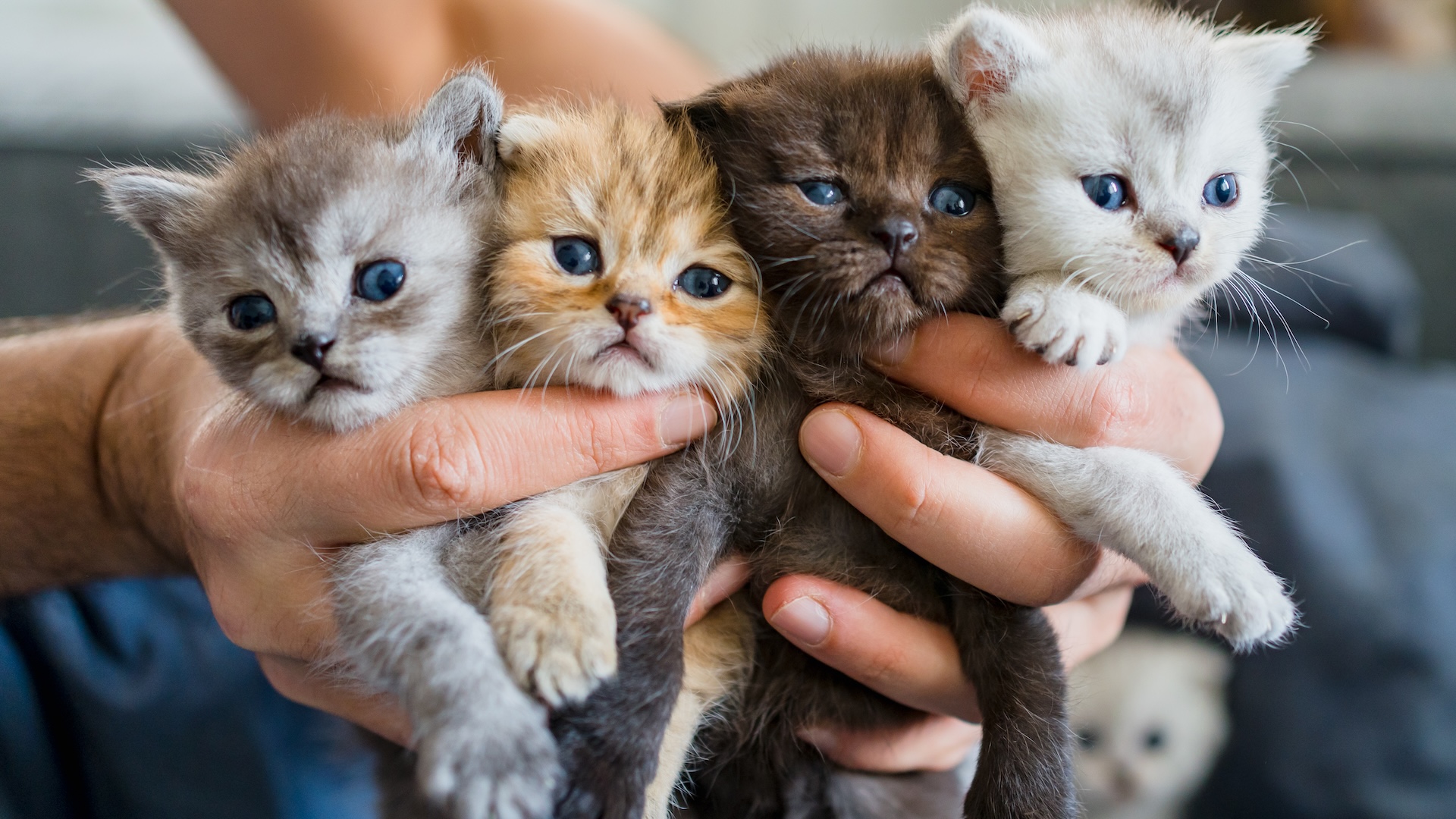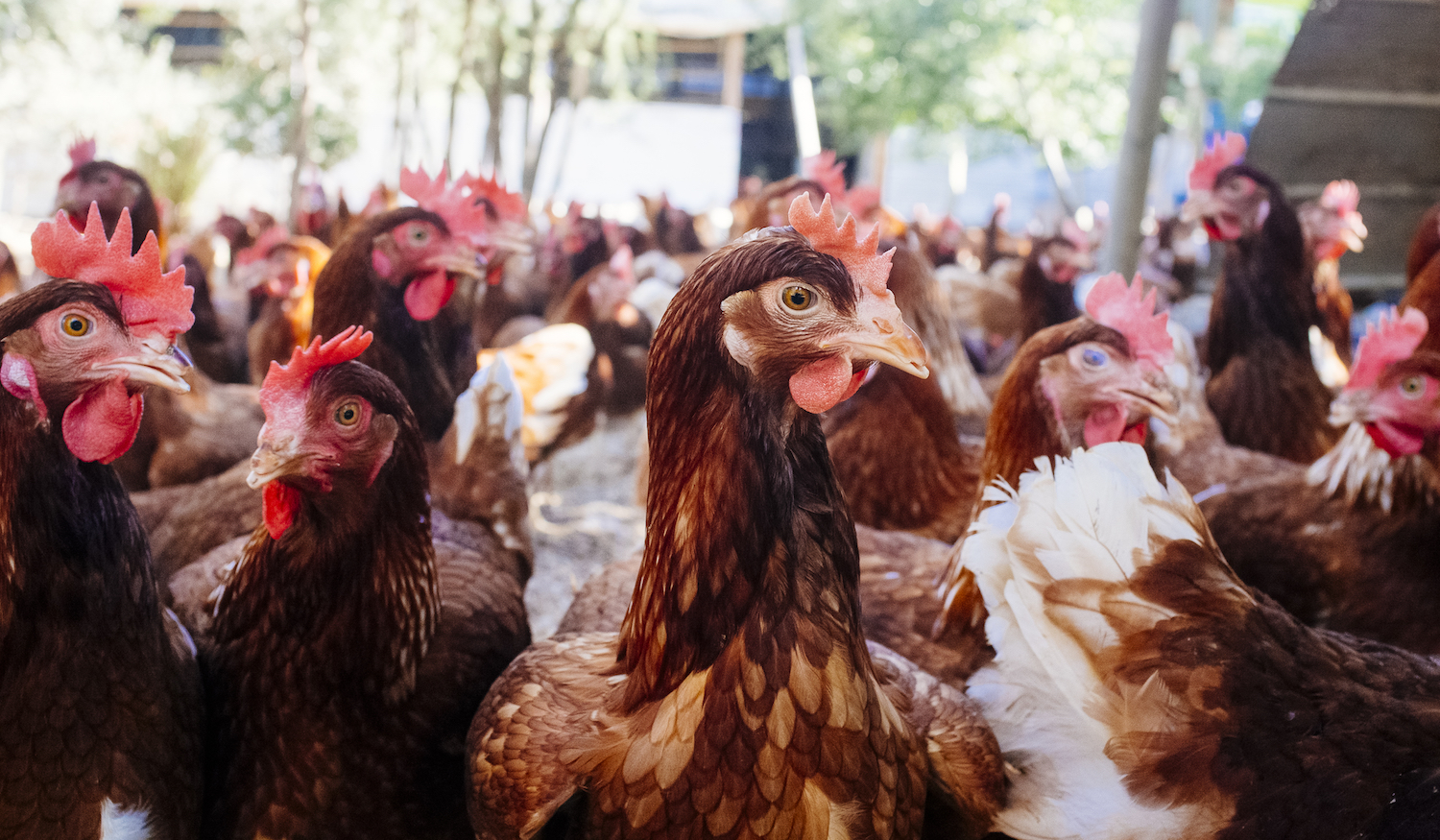Today's biggest science news: Man dies from H5N5 bird flu | 'Alien' rock on Mars | 'Other' comet ATLAS disintegrating
Monday, Nov. 24, 2025: Your daily feed of the biggest discoveries and breakthroughs making headlines.

Here's the biggest science news you need to know.
- The first person to be infected with the H5N5 strain of bird flu has died of complications from the virus.
- Perseverance rover finds weird martian rock that is 'alien' to the Red Planet.
- The 'other' comet ATLAS is disintegrating in real time after breaking apart.
- The U.S. Centers for Disease Control and Prevention (CDC) is in turmoil as its website adopts debunked anti-vaccine views. US Health Secretary Robert F Kennedy Jr has revealed in an interview that he personally instructed the change.
Latest science news
Live Science roundup
Here's a roundup of some of the stories Live Science published today and over the weekend:
- Pectoral with coins: 'One of the most intricate pieces of gold jewelry to survive from the mid-sixth century'
- Scientists say they've eliminated a major AI bottleneck — now they can process calculations 'at the speed of light'
- Why do vultures circle?
- Did Neanderthals have religious beliefs?

Why cat siblings don't look alike

When we adopted our cat "Scallop" from the ASPCA as a kitten, she left behind a brother, "Clam," who had been picked up from the same litter of strays. Scallop looked like an adorable blue-point Siamese, while Clam was an (also adorable) gray domestic short-hair with white socks.
I've always wondered why the two had little resemblance to each other.
Now, a story from our former (and much missed) content manager, Marilyn Perkins, explains why cat siblings look so different from each other.
You can read the full story here.

Man infected with H5N5 bird flu strain dies

A Washington state resident who was the first person to be infected with the H5N5 strain of bird flu has died of complications from the virus, CNN reports.
The patient, an older adult with underlying health conditions, kept a backyard flock of mixed domestic birds, making this a likely source of his infection, state health officials said.
While this first infection of the H5N5 is notable, it's not believed to be a greater threat to human health than the H5N1 virus, which has caused a wave of around 70 reported human infections — most of them poultry and dairy farm workers experiencing mild illness — in the US in 2024 and 2025.
Here are a couple of stories on how to best avoid bird flu infections, and what can be done to prevent the virus spilling over into human to human transmission.
'Other' comet ATLAS disintegrating

Good morning and welcome back, science fans. We're returning with a fresh batch of science news and more images that show the "other" Comet ATLAS (C/2025 K1) breaking apart.
Scientists initially thought the comet, which is unrelated to the interstellar comet 3I/ATLAS, survived its recent close approach to the sun. But images from The Virtual Telescope project revealed its tragic demise.
The comet's disintegration is likely the consequence of the sun's powerful gravitational pull, which has caused it to splinter into three brighter fragments, photographer Michael Jäger told spaceweather.com.

